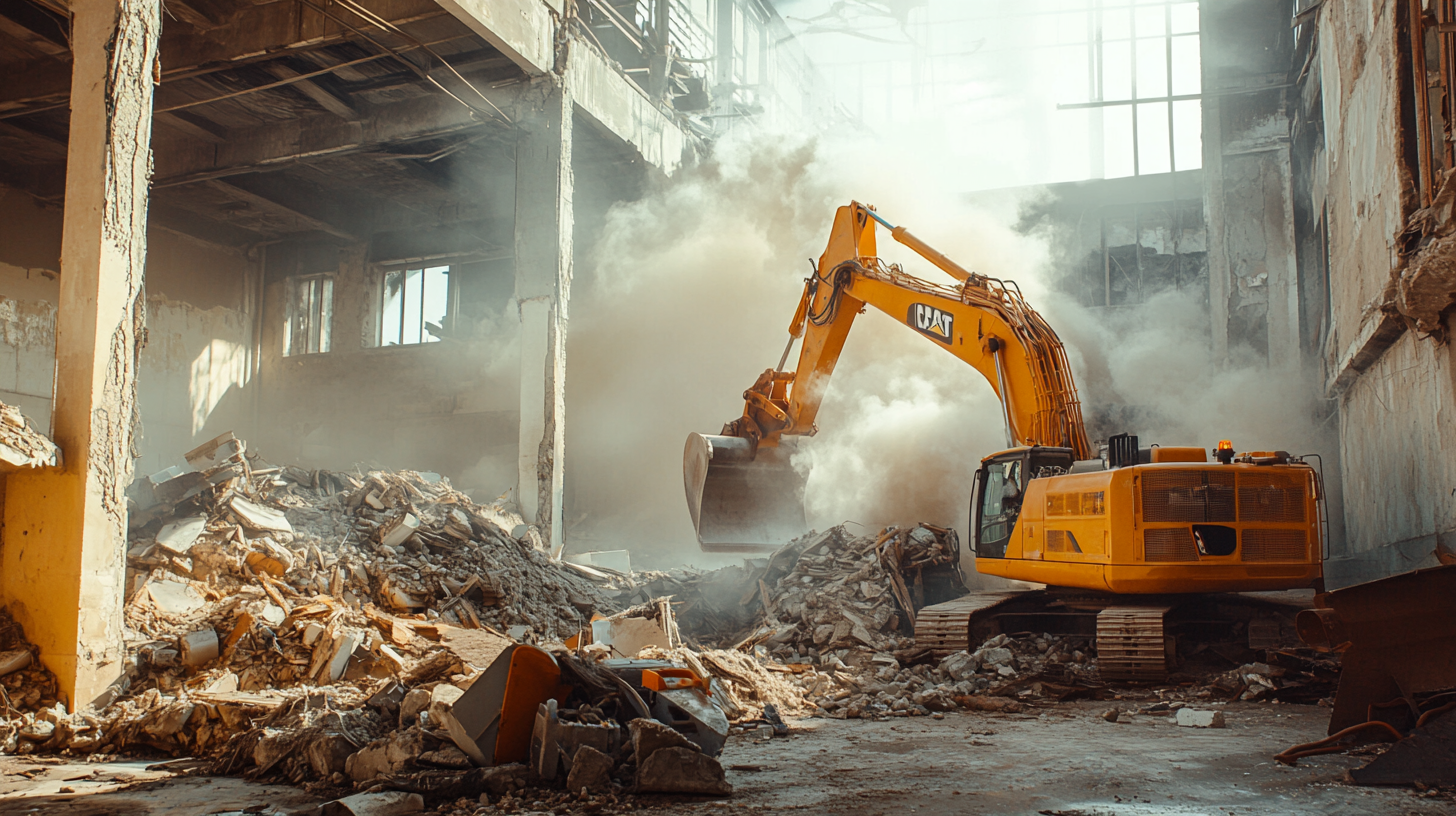Welcome to our blog on "Waterproofing Basement Walls from Inside: Effective Solutions for a Dry Home." If you have a basement, you understand the importance of protecting it from water intrusion and potential water-related problems. Waterproofing basement walls from the inside is a viable and efficient approach to keeping your basement dry and free from moisture issues. In this comprehensive guide, we will explore the top solutions and expert tips for effectively waterproofing your basement walls from the inside, ensuring a well-protected and dry living space for you and your family.
Interior Basement Wall Waterproofing: An Overview of Its Benefits
Interior basement wall waterproofing offers a range of benefits that make it an excellent choice for keeping your basement dry and protected. One of the primary advantages is its ability to effectively prevent water intrusion from inside the basement. By applying waterproof coatings or sealants directly to the interior walls, you create a strong barrier that blocks moisture from seeping through, safeguarding your home's foundation and preventing potential water-related damages. Additionally, interior basement wall waterproofing can be a more accessible and cost-effective solution compared to exterior waterproofing methods. It does not require excavation or extensive landscaping, making it a viable option for homes with limited exterior access or landscaping restrictions.
Furthermore, interior waterproofing solutions can enhance the comfort and usability of your basement space. By preventing water seepage and maintaining a dry environment, you can create a more pleasant living space that is free from musty odors and mold growth. This allows you to utilize your basement for various purposes, such as extra living space, storage, or recreational areas, without the worry of water-related problems. Interior basement wall waterproofing provides an efficient and practical approach to keep your basement dry and protected, enhancing the value and livability of your home.
Step-by-Step Guide to Interior Basement Wall Waterproofing
Interior basement wall waterproofing is a crucial process to protect your home from water intrusion and potential damages. Follow this step-by-step guide to effectively waterproof your basement walls from the inside.
1. Prepare the walls: Start by cleaning the interior walls thoroughly, removing any dirt, dust, or loose materials. Repair any cracks or holes in the walls using a concrete patching compound. Ensuring a clean and smooth surface is essential for proper adhesion of the waterproofing material.
2. Apply waterproofing coating: Once the walls are prepared, apply a high-quality waterproofing coating or sealant. Use a brush or roller to evenly coat the walls with the waterproofing material. Make sure to cover the entire surface, including corners and edges, to create a robust barrier against moisture intrusion.
3. Consider multiple coats: Depending on the product's instructions, you may need to apply multiple coats of the waterproofing material for optimal protection. Allow each coat to dry thoroughly before applying the next one. This ensures a durable and long-lasting waterproofing solution.
4. Address problem areas: Pay special attention to problem areas, such as areas with visible cracks or areas where water has previously seeped through. Apply additional coats of waterproofing material to reinforce these vulnerable spots.
5. Monitor and maintain: Regularly inspect your basement walls for any signs of water intrusion or wear. Address any issues promptly and consider reapplying the waterproofing material as needed to maintain effective protection.
By following this step-by-step guide, you can effectively waterproof your basement walls from the inside, ensuring a dry and protected living space for your home. A well-executed interior basement wall waterproofing process will provide peace of mind and safeguard your home from potential water-related problems for years to come.
Pros and Cons of Interior Basement Wall Waterproofing: Making the Right Choice
Interior basement wall waterproofing offers several advantages and disadvantages that homeowners should consider before deciding on the right waterproofing method for their basement. One of the main benefits of interior basement wall waterproofing is its accessibility and ease of implementation. Unlike exterior waterproofing, which requires excavation and landscaping, interior waterproofing can be done from inside the basement, making it a more straightforward and cost-effective solution. It also allows homeowners to address water intrusion issues promptly, even in homes with limited exterior access or landscaping restrictions.
However, interior basement wall waterproofing has some limitations. While it effectively prevents water from entering the basement, it does not address the source of water seepage, which may be coming from outside. Exterior waterproofing, on the other hand, targets the root cause of the problem by directing water away from the foundation. Additionally, interior waterproofing may not be suitable for basements with severe water intrusion issues or extensive structural damage. In such cases, exterior waterproofing methods or professional assessment may be required for a more comprehensive solution. By carefully weighing the pros and cons of interior basement wall waterproofing, homeowners can make an informed decision that best suits their needs and ensures a dry and well-protected basement.
FAQs
Contact Bull City Crawlspace Today!
Bull City Crawlspace will do everything we can to ensure your experience with us is excellent.
Request A FREE Estimate
Request a Free Estimate Form
Checkout Recent Post




Got a Question? We’re Here to Help.
You can arrange an appointment or make an enquiry by phone or email, orget in touch to us via our contact form.

